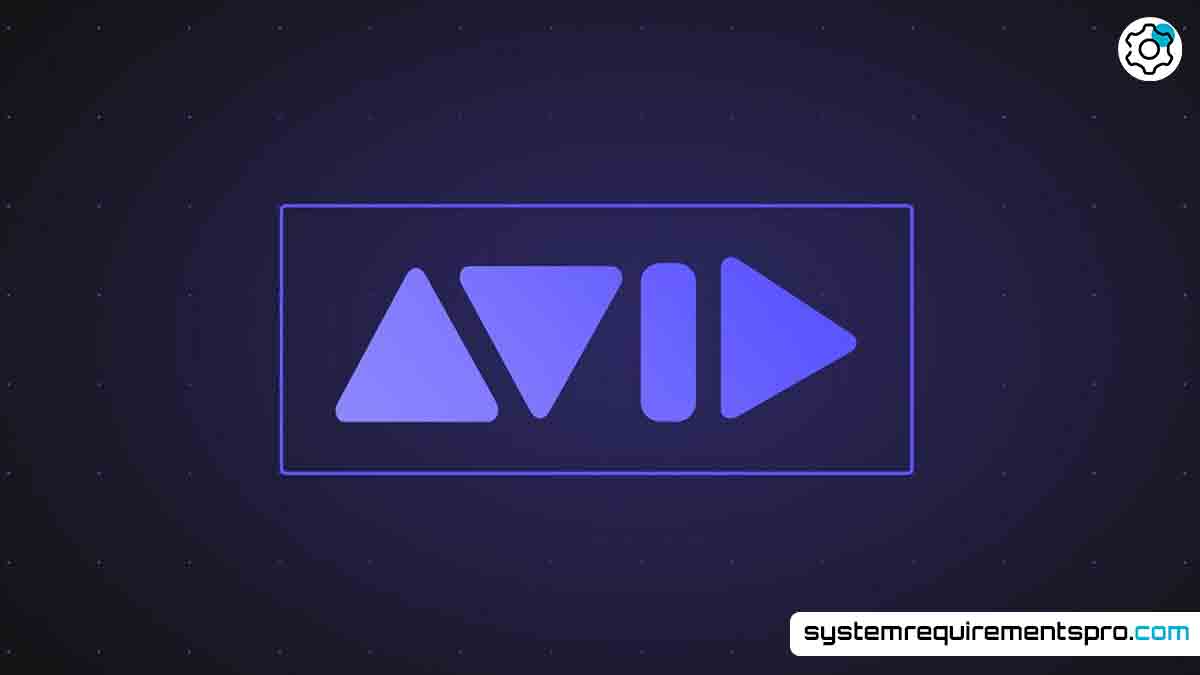Editing video calls for accuracy, imagination, and the correct tools in art. But if their system isn’t up to the job, even the most talented editors can run across problems. Whether you’re working on a commercial project or a short film, it’s important to be aware of the Avid Composer system requirements. To help you make the most of this potent program, this guide provides optimization advice, breaks down the minimum and recommended specifications, and addresses frequently asked questions.
Avid Composer Minimum System Requirements
Make sure your system satisfies the baseline requirements before running Avid Composer—formerly Media Composer. The software must meet these requirements in order to function, but depending on the complexity of the project, performance may change.
Minimum Requirements
Operating System
- Windows: 64-bit Windows 10 or later (specific builds may vary).
- macOS: macOS 12 Monterey or newer.
Processor (CPU)
- Minimum: Intel Core i5 (6th generation) or AMD equivalent.
- Note: Multi-core processors improve multitasking but may struggle with high-resolution formats.
Memory (RAM)
- Minimum: 16 GB.
- Note: Lower RAM may cause lag during rendering or multi-layer timelines.
Graphics Card (GPU)
- Minimum: NVIDIA GeForce GTX 1650 or AMD Radeon RX 5500 (4 GB VRAM).
- Note: Integrated GPUs are not recommended for 4K+ workflows.
Storage
- Installation: 15 GB free space.
- Media Drives: SSD recommended for active projects.
Display
- Resolution: 1920×1080 or higher.
Although these specs let the program run, expect restrictions with demanding chores like real-time 4K playback or sophisticated effects.
Avid Composer Recommended System Requirements
Aim for the recommended specs for professional-grade efficiency. These guarantee improved handling of high-resolution media, faster rendering, and smoother performance.
Recommended Requirements
Operating System
- Windows: Latest 64-bit Windows 11.
- macOS: macOS 13 Ventura or newer.
Processor (CPU)
- Recommended: Intel Core i9 (13th generation) or AMD Ryzen 9 7900X.
- Note: Higher clock speeds and core counts enhance real-time processing.
Memory (RAM)
- Recommended: 32 GB or higher.
- Note: 64 GB+ is ideal for 8K workflows or large collaborative projects.
Graphics Card (GPU)
- Recommended: NVIDIA RTX 4080 or AMD Radeon Pro W6800 (16 GB VRAM).
- Note: GPU acceleration boosts effects rendering and playback.
Storage
- Installation: NVMe SSD for faster boot times.
- Media Drives: RAID configurations or high-speed Thunderbolt SSDs.
Display
- Resolution: 3840×2160 (4K) with 10-bit color support.
Especially when working with RAW footage, multi-cam sequences, or advanced color grading, meeting these specs reduces bottlenecks.
Avid Composer System Requirements: Minimum vs. Recommended
Choosing between minimum and recommended specs depends on your workflow. Here’s a quick comparison:
| Component | Minimum | Recommended |
|---|---|---|
| OS Requirements | Windows 10/macOS 12 | Windows 11/macOS 13 |
| CPU Requirements | Intel Core i5/AMD equivalent | Intel Core i9/AMD Ryzen 9 |
| RAM Requirements | 16 GB | 32 GB+ |
| GPU Requirements | NVIDIA GTX 1650 (4 GB) | NVIDIA RTX 4080 (16 GB) |
| Storage Requirements | 15 GB HDD | NVMe SSD + Thunderbolt drives |
Key Takeaways
- Minimum specs get you by for basic HD editing, but you struggle with 4K or effects-heavy projects.
- Recommended specs to future-proof your setup for 8K workflows and faster exports.
Optimization Tips for Avid Composer Software
Even with great hardware, optimizing your system is key to peak performance:
- Update Drivers and Software
Check for GPU driver updates and install the latest Avid Composer patches. - Use Proxy Workflows
Convert high-res footage to lower-res proxies for smoother editing. - Manage Media Storage
Store active projects on SSDs and archive older files on HDDs or NAS systems. - Adjust Playback Settings
Lower playback resolution during editing and switch to full resolution for final exports. - Close Background Apps
Free up RAM by closing non-essential apps like browsers or cloud services. - Enable Hardware Acceleration
In Avid settings, toggle GPU-accelerated effects and rendering.
Conclusion
The first step toward creating a dependable editing workstation is to comprehend the Avid Composer system requirements. The software’s full potential is unlocked by purchasing recommended hardware, ensuring efficiency in challenging projects, while the minimum specs serve as a starting point. Staying current and improving your setup will help you to spend less time troubleshooting and more time creating interesting stories.
Frequently Asked Questions
Can I run Avid Composer on a laptop?
Yes, if it meets the minimum specs. But laptops with dedicated GPUs and SSDs are best for pro work.
What happens if my system doesn’t meet the requirements?
The software will crash, lag, or not render effects. Upgrade hardware or simplify your project.
Do I need a GPU for Avid Composer?
Integrated graphics are fine for basic tasks, but a dedicated GPU is essential for real-time playback and effects.
Can I use external drives for media storage?
Yes, but make sure they’re high-speed (e.g., Thunderbolt 3/4) to avoid bottlenecks.
Are the requirements different for collaborative workflows?
Yes—shared storage and more RAM (64 GB+) help in team environments.
We hope that you have found the answer to the system requirements for Avid Composer. Follow System Requirements Pro for more such updates, and bookmark this page to get the latest updates on the system requirements for Avid Composer.

